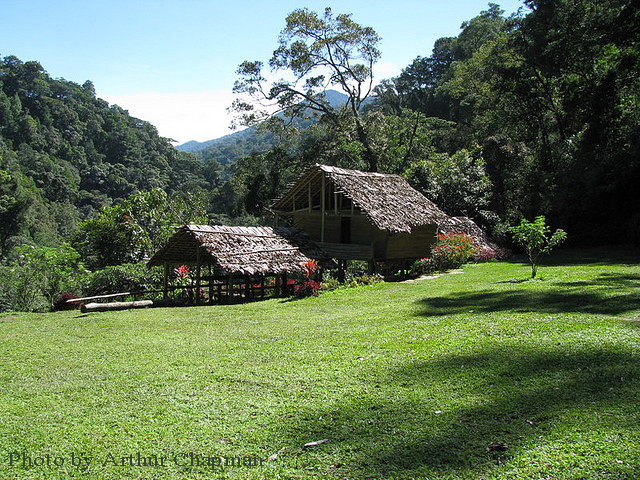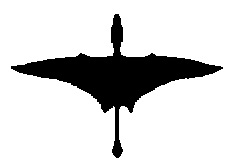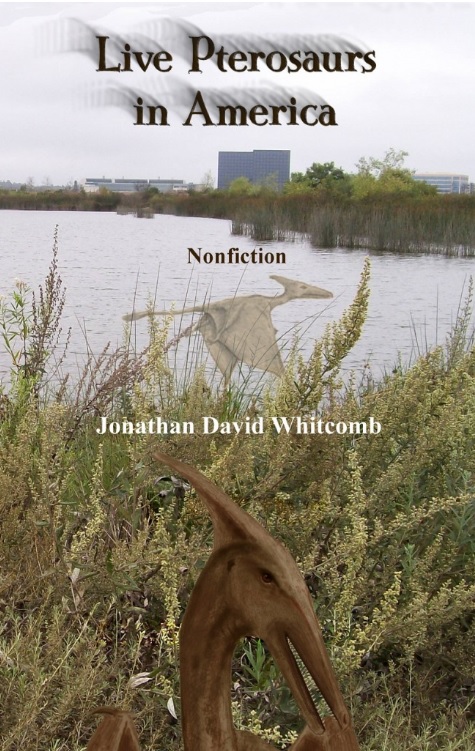By the investigative journalist Jonathan Whitcomb
UPDATE: The links in this blog post have been updated with “https” in support of those pages that are secure online. Everything in this post (on the bioluminescence of modern pterosaurs) was already safe; this just verifies that safety.
* * *
Three boys were playing at night on a playground in the farming community of Grantsville, Utah, around the fall of 2001, when they were shocked at the appearance of a large glowing creature that flew overhead. At the first moment that 12-year-old Dallin saw the thing, he had no way of telling if it were several glowing objects flying together or one large object. But Dallin eventually resolved that it was one huge bird, and he shouted to the other two boys that the bird was on “fire.”
By the time his brother Devon saw the creature, it was overhead, and the farm animals nearby were “going crazy” in panic. Devon thought of the legendary Phoenix bird, but he eventually got the impression that it was a strange kind of bioluminescent flying creature, with a wingspan of perhaps 15-20 feet.
That was around 2001, when very few Americans knew anything about investigations into the bioluminescent ropen of Papua New Guinea. And few people in North America were aware of sightings of apparent living pterosaurs, including sightings in the United States.
I interviewed both Dallin and Devon face-to-face in 2015, recording their testimonies on video.
 Dallin described to Jonathan Whitcomb the strange flying creature seen by the three eyewitnesses
Dallin described to Jonathan Whitcomb the strange flying creature seen by the three eyewitnesses
After the videotaped interviews, I wondered if that night was not the first time that the apparent ropen had flown over that area of Grantsville, Utah. Devon and Dallin both told me of the noise the farm animals made when the creature flew overhead, at least when it was glowing. That degree of panic, among a number of farm animals, is consistent with the idea that one or more of those animals had been attacked on a previous night.
I believe that the truth will eventually come out into the open and that these glowing flying creatures will be seen to be related to the Marfa Lights of Texas and to the ropen lights of Papua New Guinea.
###
.
Flying Lights: Bioluminescent Predators?
I am now beginning to dig more deeply into reports of strange flying lights around Brown Mountain in Burke County, North Carolina. . . . have researched the most mysterious of the Marfa Lights, concluding that they are from bioluminescent flying predators (BFP) that return to the same general area of Texas every few weeks. [The more mysterious of the Marfa Lights of southwest Texas have baffled the investigators who had assumed they are non-living energy forces.]
On Umboi Island (Morobe Province), the ropen has a 5-6-second bioluminescent glow that the natives see when the creature is about one hundred meters above the ground (although villagers sometimes see it over a reef). . . . In 2004, in central Umboi Island, Jonah Jim was interviewed twice: by Whitcomb and, a few weeks later, by Guessman and Woetzel. . . . it ties the glowing form to the pterosaur-like form. He saw it glowing and he saw its long tail (obviously not a Flying Fox fruit bat).
Locations of Pterosaurs in the United States
Within hours of a sighting, a ropen (or other modern pterosaur) could be many miles away, with who-knows-what destination. Within years of a sighting, a ropen could be on the other side of the planet. Who knows, except that ropen?
. . . we stared up at the night sky . . . [My brother] suddenly noticed something and started yelling something about a giant bird . . . At around the same time, the animals in the farm next to us started going berserk.
.






